How Africa’s Great Green Wall is Fighting Desertification — Lessons for Global Resilience
What Africa's Green Wall Can Teach us About Reversing Land Degradation and Drought
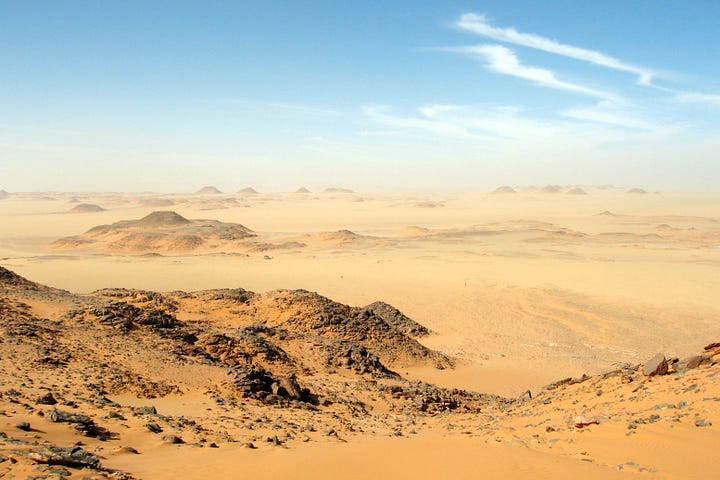
A Living Wall Against the Sand
Over 1 billion people live on land at risk of desertification. What if the solution lies not in machines or megaprojects — but in trees? The Great Green Wall is a bold experiment in green infrastructure — using natural systems like tree cover and local soil regeneration to combat desertification and drought.
Imagine a wall not made of steel or concrete but of trees. Originally envisioned as an 8,000-kilometer belt of trees stretching from coast to coast, the Great Green Wall has in practice become a mosaic of locally led restoration projects across the Sahel. As Turner and colleagues (2023) note, the literal ‘wall’ image remains powerful but oversimplifies the diverse approaches now underway. As highlighted by the United Nations Environment Programme (UNEP), ecosystem restoration is vital to combat desertification and drought, reinforcing that solutions must work with land and local knowledge.
But this effort is about more than planting trees. It’s about:
Slowing desertification, as research shows the Sahara has expanded by roughly 10–18% over the past century, with boundaries shifting as much with climate variability as with human activity
Targets include restoring 100 million hectares of degraded land by 2030 and creating 10 million jobs through sustainable agriculture and forestry.
It’s a living reminder that when we work with nature — not against it — we can reclaim land, strengthen economies, and build resilience.
And the lessons from this African-led effort may be exactly what places like Arizona, Nevada, Utah, and California need to hear.
Why This Matters to the American West
What’s unfolding in Africa’s Sahel mirrors challenges in Arizona, New Mexico, Utah, and California.
In Arizona, places like Sedona show the beauty — and growing fragility — of arid landscapes under climate pressure.
The signs are clear:
Rising heat: Arizona has warmed over 2°F since 1970.
Shrinking water: Lake Mead and the Colorado River are in decline
More dust storms: Phoenix’s 100-mile haboob in 2020 was a warning.
This is land under stress. But as Africa’s Green Wall shows us, the best solutions often aren’t high-tech or expensive. They’re grounded, low-cost, and rooted in local knowledge.
Three Ideas the World Can Borrow from Africa’s Green Wall
The Great Green Wall is teaching — sometimes through successes, sometimes through setbacks. Farmer-managed regeneration in Niger has restored millions of hectares, while other sites reveal the challenges of tree survival and water trade-offs. From village-led planting to ancient water wisdom, Africa’s restoration success offers practical ideas that can be adapted almost anywhere, from the U.S. Southwest to southern Europe, South Asia, and beyond.
Let Communities Lead
In Senegal, local villages decide which drought-tolerant trees to plant — like baobabs and acacias. This community-driven approach works because it respects local knowledge and culture.
Across the world, restoration is stronger when it starts from the ground up. In the U.S., that means supporting Indigenous-led efforts among the Navajo, Hopi, and other tribal nations — whose ancestral stewardship of land predates any government program. In Andalusia, smallholder farmers are restoring drylands with olive groves and soil regeneration. In Australia, Aboriginal communities are reviving fire ecology — using traditional low-intensity burns to manage landscapes and prevent catastrophic wildfires.
Wherever you are: let the people closest to the land lead the way.
Make Every Drop Count
Scholars also caution that in very dry zones, plantations can compete with household and livestock water, and fenced sites may restrict pastoralist access — reminding us that how we restore matters as much as why we restore. In Niger, farmers dig “zai pits” — simple holes that trap rainwater, reduce runoff, and boost crop yields by up to 50%. This centuries-old technique revives soil and maximizes scarce rainfall.
Cities like Cairo — dependent on a single upstream river for survival — remind us how fragile urban life becomes when water is scarce and upstream decisions control the tap.
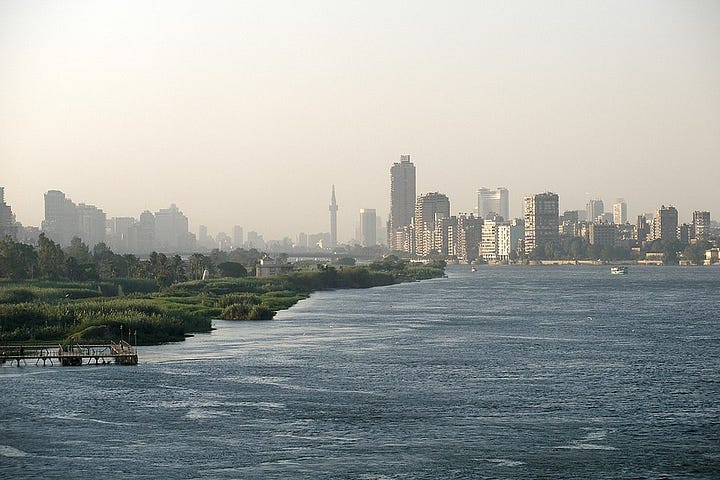
It’s a lesson that mirrors Las Vegas, where the shrinking Colorado River threatens the city’s future. (See how Las Vegas is responding).
In the U.S., Tucson has led the way with passive water harvesting programs. But this shouldn’t stay regional — every arid or semi-arid city can benefit from similar systems, incentives, and pilot programs. When rainfall is rare, it should never go to waste.
Plant the Right Plants
In Ethiopia, fruit trees are mixed with staple crops — restoring soil, feeding families, and boosting income. Across the Sahel, trees like desert date, shea, baobab, and acacia are chosen for their drought resistance and economic value.
The lesson? Plant for resilience, not just aesthetics.
In the U.S., that could mean replacing thirsty turf with agave, mesquite, or ironwood. In the Mediterranean, it could mean olives, carobs, or native oaks. The key is matching plants to place — choosing species that restore ecosystems, support local wildlife, and survive with minimal input.
Restoration isn’t just about what we plant — it’s where and how we plant it.
In dry regions, site placement and microclimates can mean the difference between success and failure. North-facing slopes retain moisture. Trees planted along rivers, swales, or even parking-lot edges can provide shade and reduce evaporation.
Even small acts matter. Placing a rock beside a young sapling can cool the soil, block wind, and help trap precious moisture. These aren’t fancy techniques. They’re simple, rooted in observation, and ready to scale.
Restoration begins with listening — both to the land and to the people who’ve lived on it the longest.
Looking Ahead
The Great Green Wall isn’t a simple success story — it’s a shift in mindset. Even with mixed outcomes, it underscores the enduring lesson that resilience comes from aligning with nature and local wisdom. The Great Green Wall isn’t just a success story — it’s a shift in mindset. While many nations have focused on blue infrastructure like dams and pipelines to manage water scarcity, Africa’s approach shows the power of working with the land itself. These lessons from Africa are powerful not because they’re exotic, but because they’re rooted in place, people, and proven practice.
What if we stopped looking for silver bullets and started planting seeds — literally and metaphorically?
From Arizona to Andalusia, the lesson is the same: regeneration begins by listening to the land and acting with humility, patience, and local wisdom.
The question isn’t only whether we can bring this wisdom home, but whether we’re ready to learn from it.
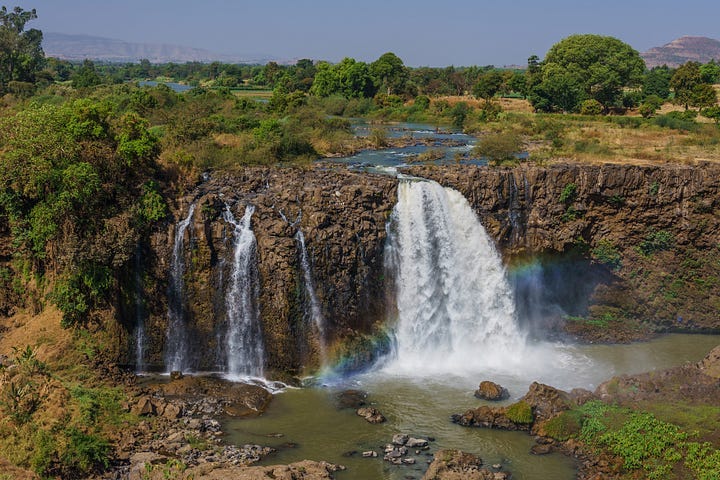
Disclaimer: The views expressed here are solely my own and do not reflect those of any public agency, employer, or affiliated organization. It empowers readers with objective geographic and planning insights to encourage informed discussion on global and regional issues.

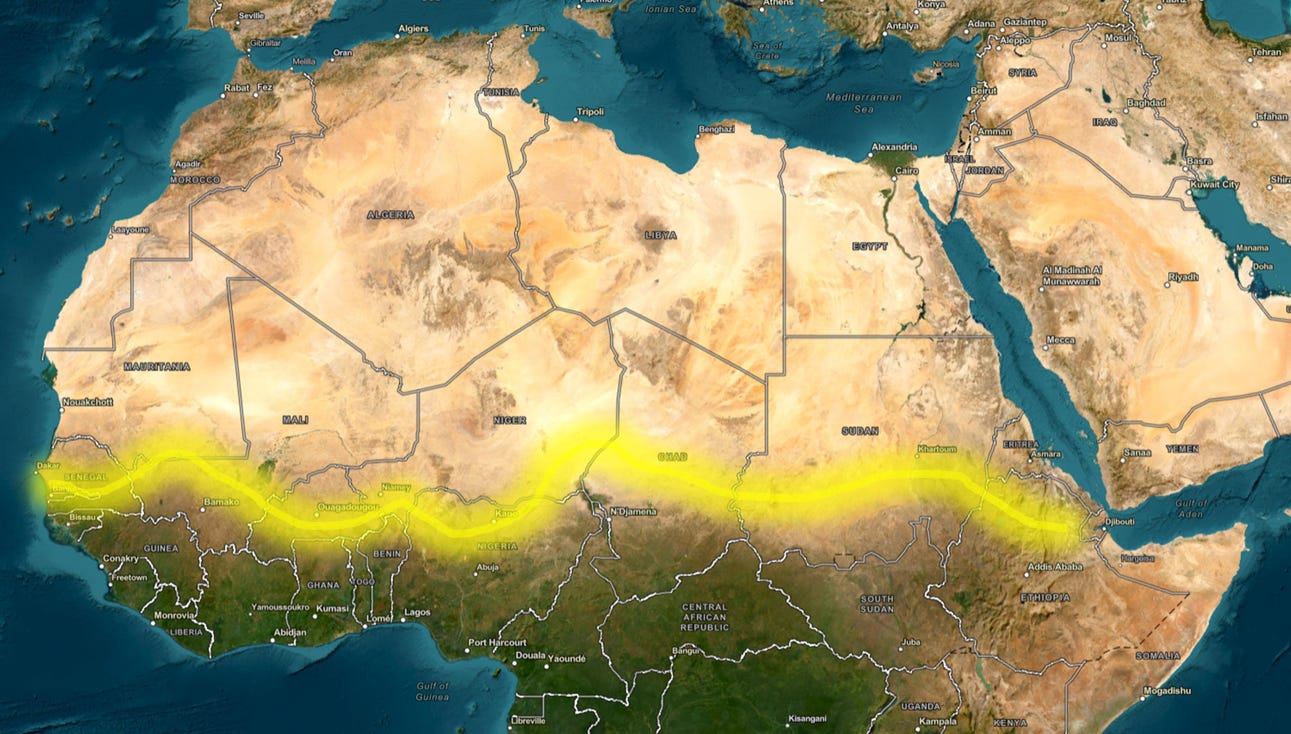
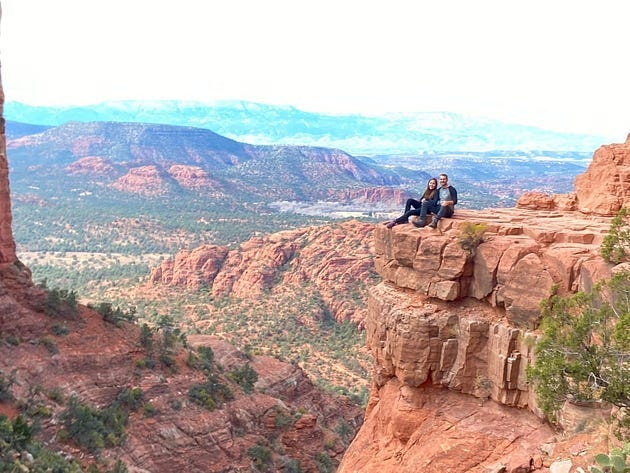
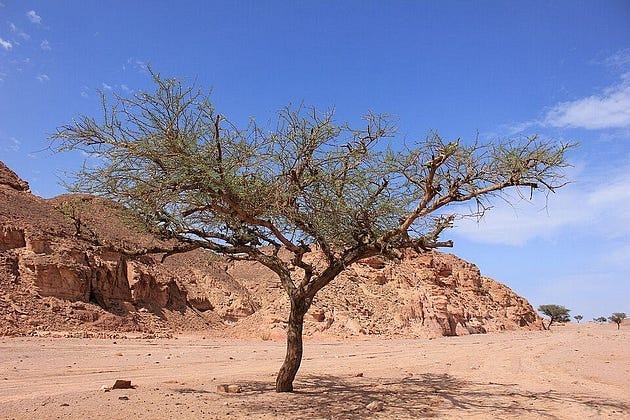
Update (Sept 2025): This article incorporates insights from Turner et al. (2023), which highlight both the promise and the limits of the Great Green Wall. These revisions ensure the piece reflects current evidence while keeping its focus on the larger lesson: resilience comes from working with nature.